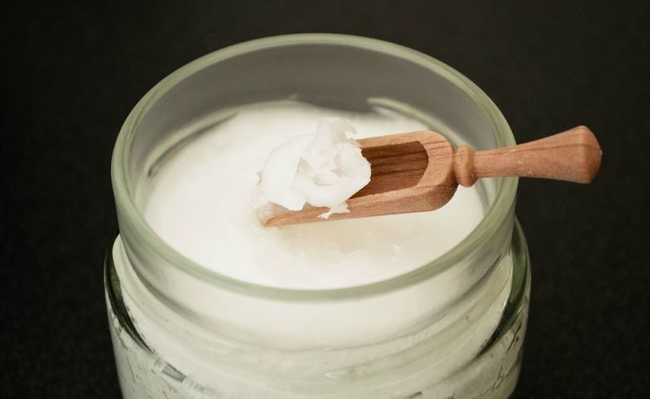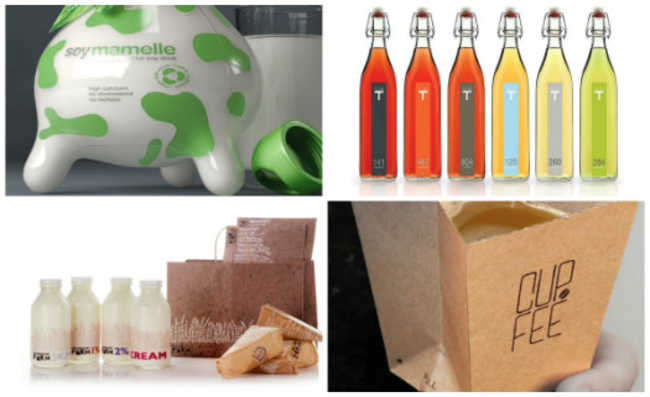Sunscreen: factor number does not guarantee protection
Do not fool yourself! Sunscreen with SPF over 50 doesn't protect much anymore and weighs in your pocket

Stay tuned! Sunscreen with a factor of over 50 does not protect much more than other factors and may contain a higher concentration of chemical ingredients that cause damage to the skin. A guide to Environmental Working Group (EWG, Environmental Working Group) shows that only a quarter of the sunscreen options produced in the United States are of good quality.
THE Food and Drug Administration (FDA, English, Food and Drug Administration) started, in 2011, a process for regulating sunscreens, requiring veracity in marketing information, including information on the packaging when the product is water resistant, as well as validation tests. UVA/UVB protection. EWG, however, does not think that the requirements were sufficient to create a high standard of quality for sunscreens on the market, many are still not effective in combating harmful rays to the skin.
A sunscreen with a high SPF factor (sun protection filter) does not necessarily have protection against UVA rays, but only against UVB rays, and it is precisely the UVA ray that causes the most damage to the skin, as it penetrates more into the skin. background, in addition to possibly being one of the causes of melanoma - one of the worst skin cancers. The EWG also warns of sunscreens that contain ingredients that can be harmful, such as vitamin A or retinol and oxybenzone. Used in many cosmetics and antiaging products, vitamin A can accelerate tumors and lesions on sun-exposed skin. Oxybenzone, present in half of the sunscreens in the US, works by absorbing ultraviolet rays. However, research has revealed that it ends up being absorbed through the skin, which can also trigger allergic reactions and alter the hormonal system.
High Factors Illusion
And factor 100 protectors don't protect that much - they've been shown to be less effective than lower factor protectors. Consumers end up being fooled by the illusion of being well protected, because they think that the factor 100 means twice as much protection as the 50. In fact, when applied properly, the SPF 50 protects 98%, while the SPF 100 protects 99%. In addition, there is a tendency for people who use high factors to spend more time exposed to the sun, as they have the false illusion of being protected, and people who use factor 30 or 50 are more attentive to applying the sunscreen more than once and/or spend less time sunbathing. Due to the higher concentration of chemicals to create a high SPF, these protectors end up presenting greater health risks as these products are absorbed by the skin. Don't pay dearly for a sunscreen that won't offer you much more protection and on top of that it poses risks to your health. A properly used FPS 30 is enough.
But don't just rely on sunscreen either. Another criticism made by the EWG to the measures taken by the FDA was in relation to the permission to put on the packaging of sunscreens the mention that it is a preventive agent against skin cancer. It's no use putting on a sunscreen and being exposed to the sun during periods of intense ultraviolet rays. Each year in the United States, more than 2 million Americans develop skin cancer, according to the National Cancer Institute. Therefore, you should avoid sunburn, do not use sunscreen as a way to prolong the time of exposure to the sun, wear your own clothes and do not use artificial tanning with tanning beds.
Another problem is that FDA regulations have not established a high level of UVA protection to allow information to appear on packaging, so almost all products are considered to contain UVA/UVB protection, while many of them would not be approved in the European market. In Europe, sunscreens must offer protection against UVA rays at one third of the UVB protection, that is, if the product has an SPF 30, the UVA protection must be at least 10. But manufacturers in the US find a barrier, given that many chemicals allowed in Europe have not yet been approved by the FDA, among which are chemicals that are very effective in protecting against UVA rays. In Brazil, last year, Anvisa (National Health Surveillance Agency), applied the same requirement existing in Europe in relation to the minimum amount of UVA protection. In addition, the minimum SPF was increased from 2 to 6, the tests required to prove the efficacy were stricter, and information such as the need for re-application of the product became mandatory on the packaging label.
Sunbathing can be nice, but be more attentive to periods of strong sunlight and, when buying a sunscreen, take a good look at the information on the package.










